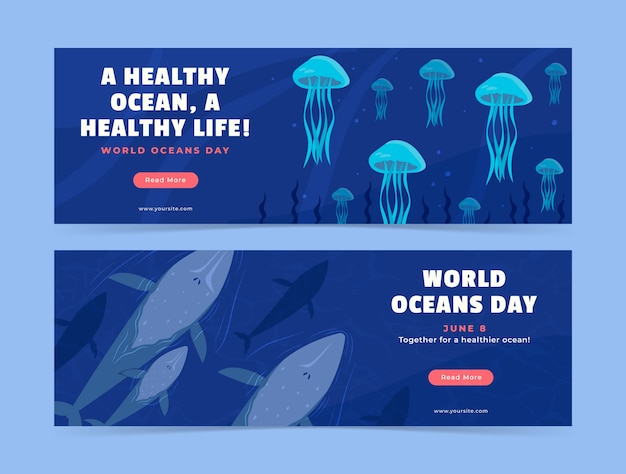Aquatic Biome Facts – Discover the Wonders of Water

The aquatic biome covers approximately 70% of the Earth’s surface.
The Great Barrier Reef in Australia is the largest coral reef in the world.
Dolphins are known for their exceptional intelligence and social behavior in the aquatic biome.
The Amazon River is home to thousands of unique aquatic species.
The blue whale is the largest known animal to have ever existed and can be found in the aquatic biome.
Coral reefs are often called the rainforests of the sea because of their high biodiversity.
The Arctic Ocean is the smallest and shallowest ocean in the aquatic biome.
Sea turtles have been living in the aquatic biome for over 100 million years.
The deep ocean is one of the least explored areas of the aquatic biome.
Mangrove forests provide essential habitats for many species in the aquatic biome.
Coral reefs are built by tiny coral polyps using calcium carbonate.
The Great Lakes in North America are the largest group of freshwater lakes in the world.
The aquatic biome is home to more than 50% of the world’s species.
The seahorse is the only known species in the animal kingdom where the male carries and gives birth to the young.
The Nile River is the longest river in the world and provides crucial resources for the aquatic biome.
The clownfish and sea anemone have a mutualistic relationship within the aquatic biome.
The Gulf Stream is a powerful ocean current that influences the aquatic biome’s climate.
Aquatic Biome Facts – Discover the Wonders of Water part 2
The aquatic biome is responsible for producing over 70% of the world’s oxygen through photosynthesis by marine plants.
Whales communicate with each other through complex songs in the aquatic biome.
The Dead Sea in the Middle East is the saltiest body of water in the aquatic biome.
The Pacific Ocean is the largest and deepest ocean in the aquatic biome.
The melting of polar ice caps is a significant concern for the future of the aquatic biome.
Mangrove forests act as natural barriers against storms and tsunamis in the aquatic biome.
The bioluminescence of certain organisms in the deep ocean is a mesmerizing sight in the aquatic biome.
The Amazon River basin is responsible for 20% of the world’s freshwater discharge into the aquatic biome.
The aquatic biome is divided into freshwater and marine ecosystems.
Jellyfish are considered one of the oldest multicellular organisms in the aquatic biome.
The Great Barrier Reef is visible from space and is listed as a UNESCO World Heritage Site.
Penguins are highly adapted to life in the aquatic biome, with their ability to swim and dive.
The aquatic biome plays a crucial role in regulating global climate patterns.
Saltwater crocodiles are the largest living reptiles and can be found in the aquatic biome.
The Sargasso Sea, located in the Atlantic Ocean, is famous for its floating mats of algae.
The Rainbow fish, found in freshwater habitats, is known for its vibrant colors.
The aquatic biome provides valuable food resources for human populations around the world.
The Great White Shark is one of the top predators in the aquatic biome.
Algae blooms can have negative impacts on the aquatic biome, leading to oxygen depletion and species die-off.
Mangrove forests play a vital role in carbon sequestration in the aquatic biome.
The Mariana Trench in the Pacific Ocean is the deepest part of the aquatic biome, reaching depths of almost 36,000 feet.
Sea otters use tools and are known for their ability to crack open shells in the aquatic biome.
The aquatic biome is home to some of the most colorful and diverse fish species in the world.
Deep-sea hydrothermal vents support unique ecosystems with organisms that rely on chemosynthesis.
The aquatic biome is heavily impacted by human activities such as pollution, overfishing, and climate change.
Mangrove forests are important breeding grounds for many commercially important fish species in the aquatic biome.
The aquatic biome is a source of inspiration and awe for artists, writers, and filmmakers.
Exploring the depths of the aquatic biome is essential for scientific discovery and understanding our planet’s biodiversity.

